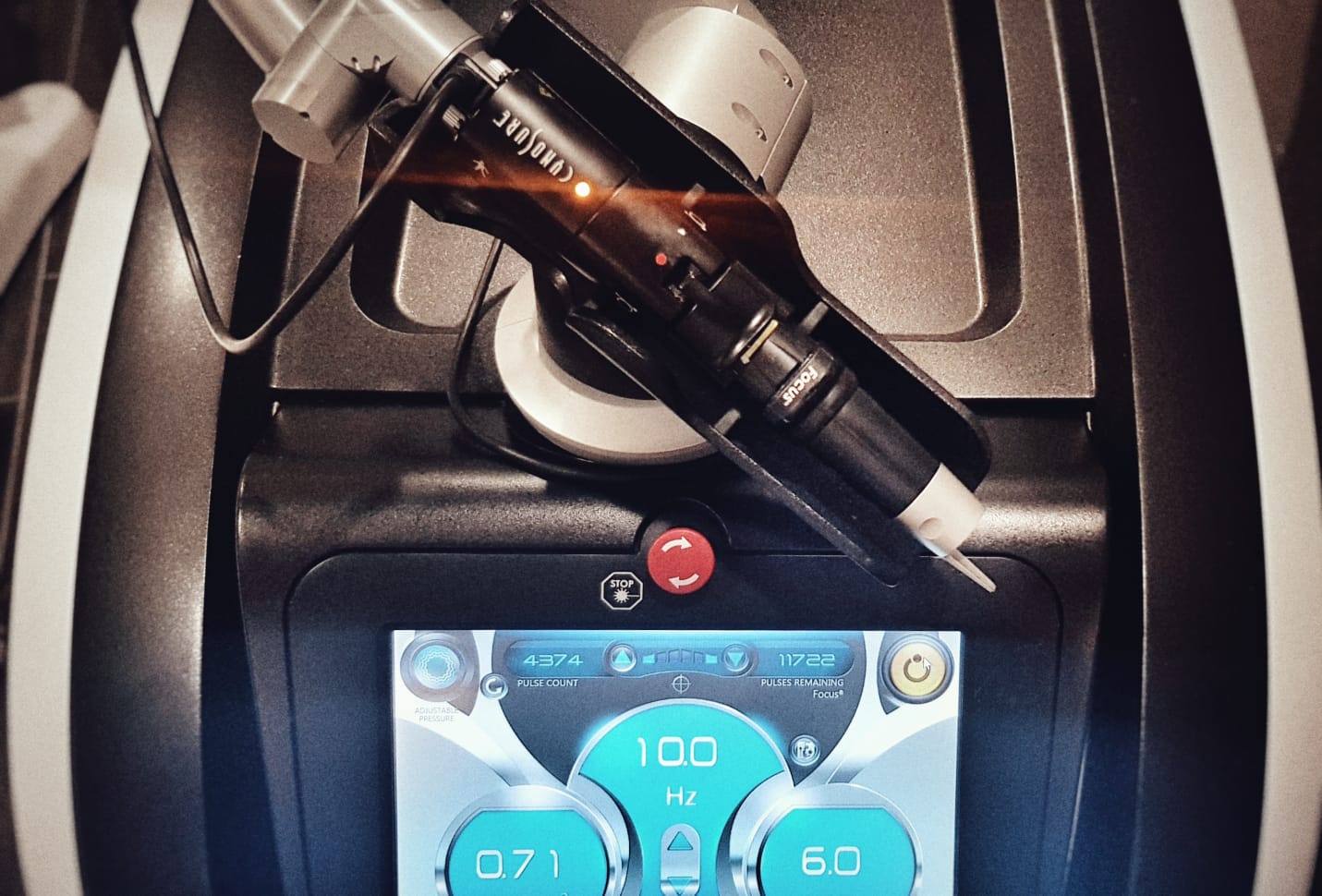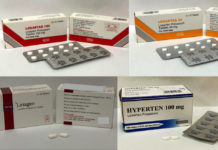 PicoSure Laser is one of the latest treatments to be FDA approved for acne scars – a condition which is notoriously difficult to treat. For more than 10 years now, fractional laser resurfacing has been the used for treat acne scars. The treatment was a vast improvement over traditional, full ablative lasers which were associated with long downtimes (up to a month!) and a high incidence of side effects such as (ironically) scarring.
PicoSure Laser is one of the latest treatments to be FDA approved for acne scars – a condition which is notoriously difficult to treat. For more than 10 years now, fractional laser resurfacing has been the used for treat acne scars. The treatment was a vast improvement over traditional, full ablative lasers which were associated with long downtimes (up to a month!) and a high incidence of side effects such as (ironically) scarring.
THE SEARCH FOR ACNE SCAR TREATMENTS WITH LESS DOWNTIME
Fractional lasers work by creating micro columns of injury under the skin. New skin grows, healing the scars. Carbon Dioxide Fractional lasers are widely regarded as the gold standard for treating acne scars. However, increasingly, acne scar sufferers feel that the treatment downtime – of about 1 week, is too long. In addition, careful post care and sun avoidance is required. Many find this too cumbersome and are searching for other alternatives to treat their acne scars.
Other treatments doctors use to treat acne scars successfully include Subcision, Infini Microneedling, TCA Cross, Rejuran, Skinboosters, and most recently, the PicoSure Laser.
PICOSURE FOCUS TREATMENT FOR ACNE SCARS
 The Picosecond lasers are ultra-short pulsed lasers which emit light energy in the picosecond (1 x 10-12 , or 0.000 000 000 001 seconds) range. Primarily, the PicoSure and other picosecond lasers are pigment laser – designed to shatter pigmentation, such as tattoo ink.
The Picosecond lasers are ultra-short pulsed lasers which emit light energy in the picosecond (1 x 10-12 , or 0.000 000 000 001 seconds) range. Primarily, the PicoSure and other picosecond lasers are pigment laser – designed to shatter pigmentation, such as tattoo ink.
However, manufacturers have gone one step ahead. For the PicoSure laser, it has a unique Diffractive Lens Array (DLA) Optic, which enables it to perform the PicoSure Focus Treatment. The treatment was designed to treat pigmentation and acne scars.
The Focus Lens Array was developed to treat pigmentation skin texture and acne scars. The Focus Lens is a hexagonal, close packed diffractive lens array which is 500μm centre to centre with a 6mm irradiated diameter and an average fluence of 0.7 J/cm2. The Focus Lens concentrates energy into small spots of up to 20x more powerful than the normal lens.

This high energy creates micro-injuries in the epidermis after treatment, known as Laser Induced Optical Breakdown (LIOB). These show up as micro cavities under the microscope, and allows the skin to rejuvenate itself by stimulating the healing cascade. Acne scars are all improved, with formation of new collagen and elastin.
OTHER PICOSECOND LASERS FOR ACNE SCARS – HOW DO THEY COMPARE TO PICOSURE?

There are other picosecond lasers on the market. All of these, unlike the PicoSure laser, emit light at a wavelength of 1064nm. For this reason, they behave very differently. Recently, the Picoway laser and the Enlighten Laser have also been FDA approved for treating acne scars. Each Picosecond laser has its own “focus lens” for treating acne cars (e.g. the Resolve treatment for Picoway and the MLA for Enlighten) While in theory the 1064nm Picosecond lasers penetrate deeper into the skin, they is also associated with more downtime in the form of petechie (or tiny bleeding spots). The redness and petechie from the 1064nm pico lasers average 5-7 days, compared to 1-2 days for the Picosure laser.
I tried several Pico lasers over the past year, and while many gave excellent results on pigmentation, texture and acne scars, most patients complained having to endure longer downtimes with the other Pico lasers. Many of them favoured the short downtimes offered by the PicoSure focus treatment.
This, coupled with the fact that that is currently no evidence that other Picosecond lasers outperform the PicoSure for acne scars, I decided to offer the Picosure laser in my practice.
A CUSTOMISED APPROACH
 Acne Scars are a complex problem which require a customised approach. A combination of machine treatments, whether it is Carbon Dioxide Fractional Laser resurfacing, Infini or the Pico laser, and mechanical ones such as subcision, are needed to comprehensively treat them.
Acne Scars are a complex problem which require a customised approach. A combination of machine treatments, whether it is Carbon Dioxide Fractional Laser resurfacing, Infini or the Pico laser, and mechanical ones such as subcision, are needed to comprehensively treat them.
Once acne scars form, you will never be able to get rid of them completely. For that reason, prevention is always better than cure. More often than not, sulking teenagers come into my consult room complaining that their mothers have forced them to see the doctor for their acne and pimples. I will tell them, that they should thank their mothers instead of fight them — their mothers are doing them a big favour, and helping them save alot of money and trouble later in life.
Watch the video below to see the illustration of how the PicoSure Focus treatment works:



















Your posts are the most informative I’ve ever found. Thank you for taking the time to provide educational posts!
I am from China, male, 37 years old. On this Monday, I received one PicoSure treatment for my acne scars. After the treatment, I can see erythema and very tiny blood spots in the treatment zone and today(Thursday) still could see them. The doctor told me not to use sun cream until one week later. I think it too long. Is sun avoidance very important after the PicoSure treatment? And may I use sun cream about 4 or 5 days after the treatment? Thank you.
Hi QinQin – Please check your email for reply.
[…] For new, red, stretch marks, a vascular laser like the dual yellow laser is a good choice. One problem with the C02 laser is downtime. Expect 10-14 days of skin redness and crusting. In Asian skin, there is also a fairly high chance of a side effect known as post-inflammatory hyperpigmentation (PIH), which takes 3-6 months to resolve with creams. also use other collagen stimulating lasers like Picosure Focus. […]